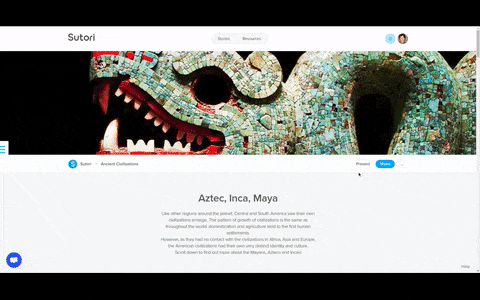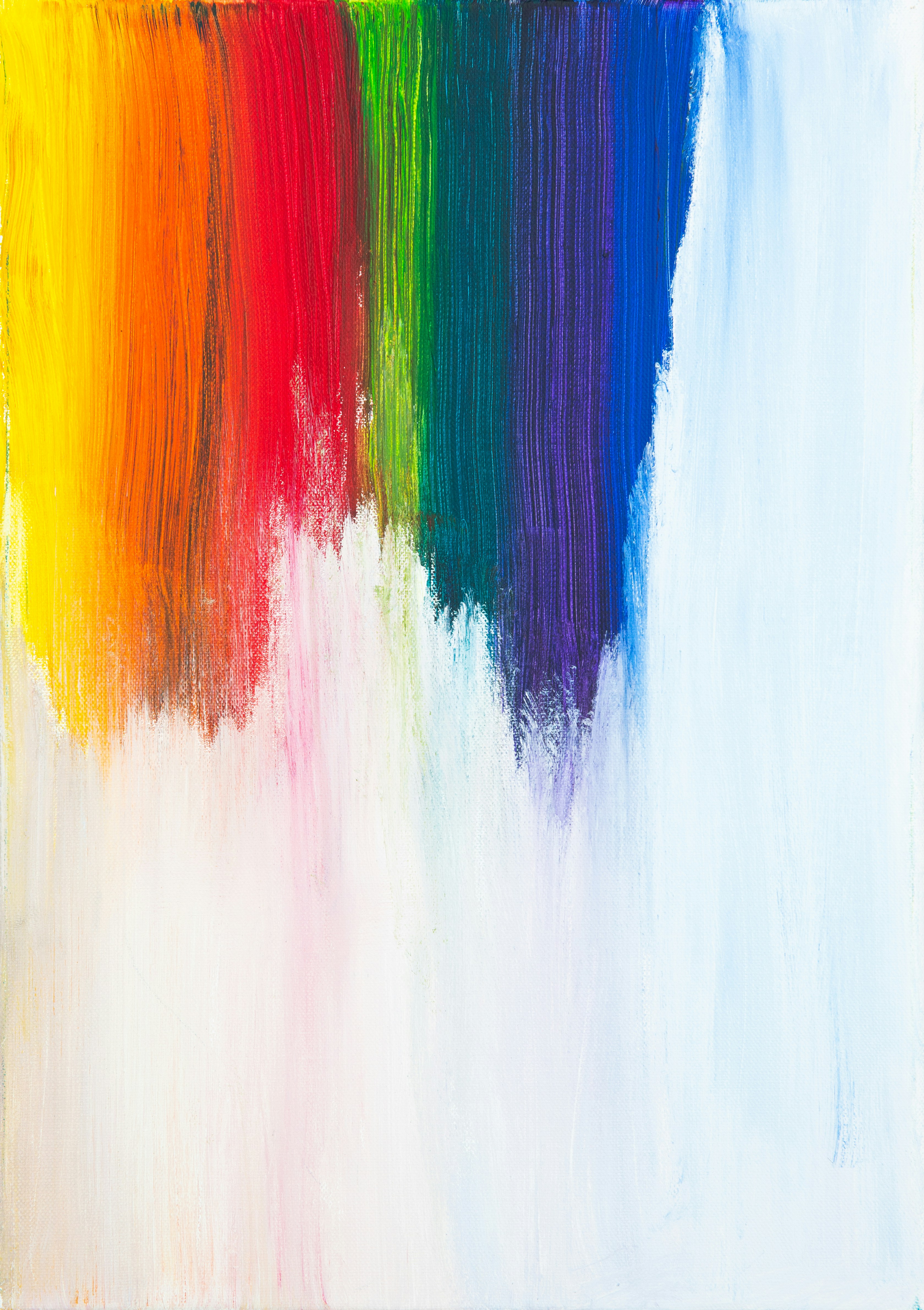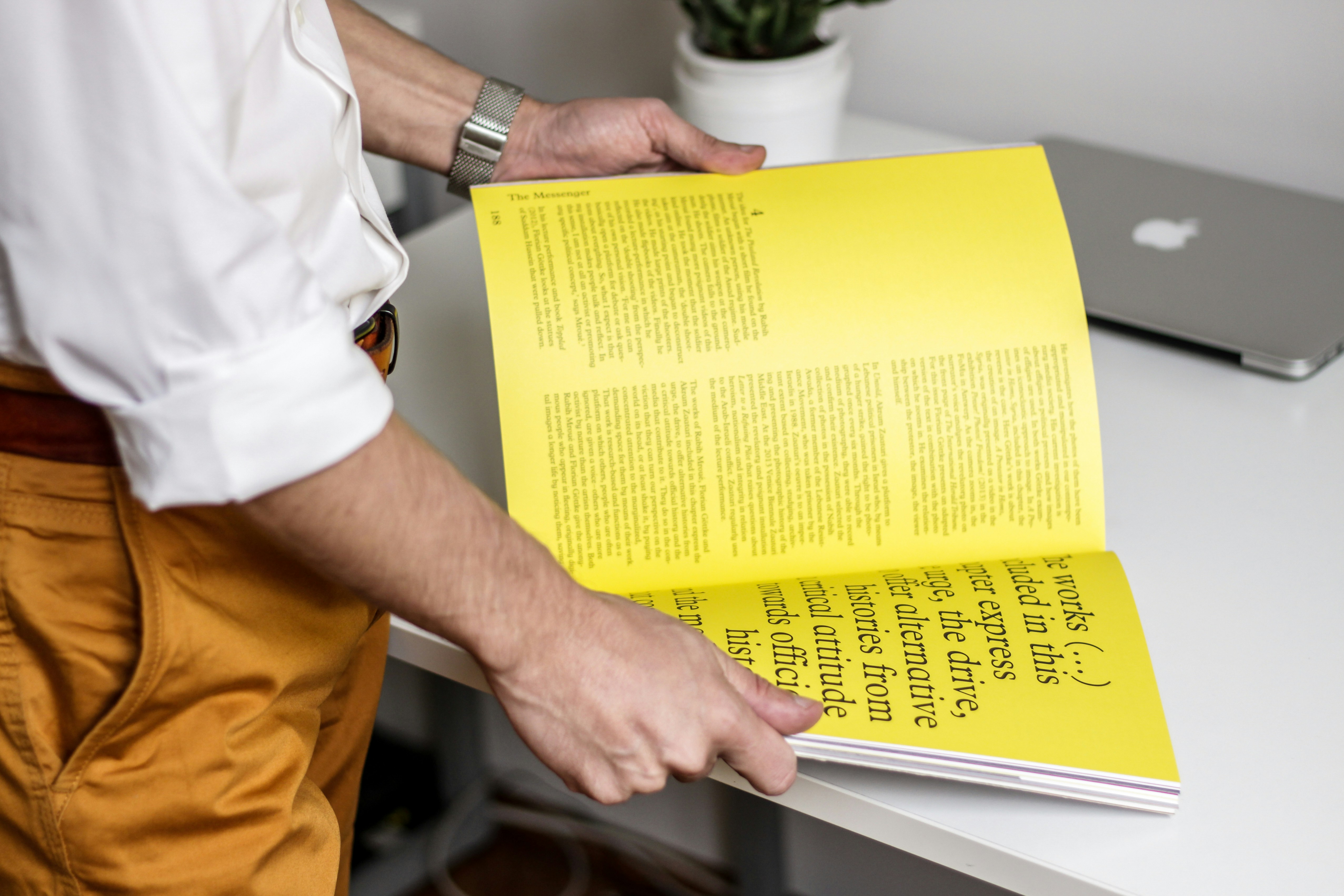From understanding history to current news stories, from legal cases to solving crimes, the timeline of events matter. Below we have a couple of examples that show you how Sutori is the perfect tool not only to put events in chronological order but also add context and sources to make the connections and provide deeper understanding. Let’s take a closer look 🙂
🤔 What is a timeline of events?
Timelines help put learning in perspective. They provide the canvas to chronologically put events in order, enabling students to make connections and understand causality.
Timelines are a visual tool for studying an event over time. The benefits of timelines go further when students are asked to create timelines themselves, the research and creation appealing to different kinds of learning approaches: visual, auditory and kinaesthetic. Students are indeed encouraged to upload all kinds of media, and why not record their voice, or upload a TikTok, anything that can showcase their learning and deepen understanding.
3️⃣ timeline of events examples
Make timelines more than a simple succession of facts, but an interactive learning experience:
A key moment in the 20th century of the USA was the civil rights movement where protests led by African Americans demanded an end to the racist laws and to be treated as equal citizens.
Launched in China in 1966 by Communist leader Mao Zedong, the cultural revolution called on the nation to purge China of the “impure” elements in Chinese society, in the revolutionary spirit of the creation of the People’s Republic of Chine, 20 years earlier. A complex period to study, a chronological timeline of events is key to understanding.
A student timeline, this presents five events from the country’s history of slavery that contributed the most to long-lasting racism in America. The world today is understood through the lens of past events.
💡 Neat feature: presentation mode
Sutori has a handy and slick presentation mode, displaying a timeline item full screen, allowing for easy navigation from one item to the next.
This is great for explaining the content to students in class or remotely via a video call. But why not get your students to showcase their learning in front of class?

🗞️ Timeline of current events template
Check out the template below. If you have a Sutori account, you can copy this to have your own version you can edit as much as you want. Feel free to expand on the template and share the enhanced version with your students!
✍️ Create a timeline of events template yourself
Head on over to Sutori’s current event timeline template, click on “Create your own” and then you’ll be prompted to create a free Sutori account. You can then start working from the template in a matter of minutes.
Some advantages with using Sutori:
- Easily add videos, images and audio files to your project
- Embed any file or web link
- Use the “Present” function to bring the presentation to life
- Build interactive quizzes and polls for engagement
- Develop peer review skills with comments
- Export to PDF or embed it directly into your website
- Everything saves automatically!
All that is required is an internet connection! Sutori works on all common web browsers (Chrome, Firefox, Safari, Edge). There is a paying and - generous - free version of the tool 😊
✅ Summary
Chronology is key to understanding an event. Having the right format to display this timeline is just as crucial, providing clarity and helping the reader make connections. This is key for teachers wishing to explain events to students, but also for students wishing to grasp and explain what they have learnt in a varied way. Sutori’s flexible, visual and creative format allows for all kinds of learning styles.
Set up your own timeline of events template for your students and enable them to develop and show their learning.




